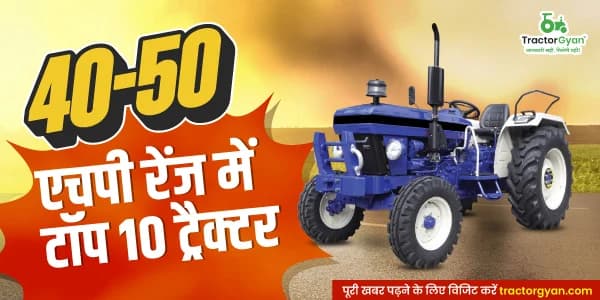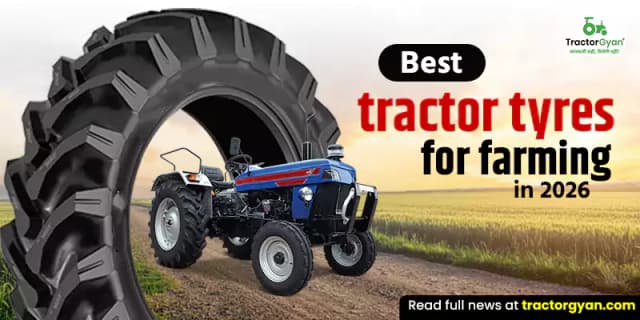Extensive Farming: How it is Different From Intensive Farming?
Table of Content
Agriculture relies on two major cultivation methods: extensive farming and intensive farming. These approaches differ in operation, resource use, and output, and farmers and agriculture students must understand these differences. This article talks about extensive agriculture concepts, their features, and their pros and cons, and we also discuss the difference between extensive and intensive farming.
What is Extensive Farming?
In extensive farming, farmers grow crops or raise cattle on a huge amount of land. Small financial investment and minimal work are required. This strategy is used in vast, low-population regions.
Key Features of Extensive Farming
-
Large areas of land are being used for extensive agriculture.
-
Fertilizers, pesticides, and tools are used in lesser amounts.
-
Produce per acre is less than with intensive farming.
-
Depends on rain and healthy soil for a lot of its needs.
Advantages of Extensive Farming
-
Environmentally Friendly: Natural processes are used to keep the land fertile, which is good for the environment.
-
Low Input Costs: This is best for farmers who have limited amounts of money. They do not need to invest in resources like fertilizers and machines.
-
Sustainable Approach: There is a minimal use of chemicals. Thus, it ensures long-term ecological balance and sustainability.
Disadvantages of Extensive Farming
-
Low Productivity: It can not meet the needs of a larger population.
-
Dependency on Nature: It is easily affected by weather conditions and natural disasters.
-
Land Requirements: It needs more land, so it is less useful in places with limited land.
Differences Between Extensive Farming and Intensive Farming
| Basis | Extensive Farming | Intensive Farming |
| Land Area | Requires large land areas | Operates on smaller plots of land |
| Input Costs | Low cost due to minimum resources | High cost due to large investment in resources |
| Yield Per Acre | Lower yield per acre | Higher yield per acre |
| Labor Intensity | Low labor requirement | High labor requirement |
| Technology Use | Relatively less mechanized | Highly mechanized |
| Environmental Impact | Lesser impact due to natural practices | Higher impact due to chemical overuse |
| Profit Margin | Lower profitability | Higher profitability |
| Examples | Wheat farming in Russia | Rice farming in India |
Factors Influencing the Choice Between Extensive and Intensive Farming
These factors play a major role in deciding which farming practice is best for you:
1. Access to Land: Australia and Russia, which have a lot of land but only a few people, are great places to do extensive farming. In places like India and China, where land is scarce but people are very close together, intensive farming is widespread.
2. Financial Constraints: When farmers are low on cash, they often turn to extensive farming. Intensive farming is a profitable venture for commercial farmers who have access to modern technology.
3. Weather Conditions: Nice weather is really important for extensive farming activities. If farming is done in a regulated way, intensive farming might handle weather changes more effectively.
4. Population Density: In densely populated areas, intensive farming is important to meet the food requirements. On the other hand, extensive farming can be done where there is less population.
Environmental Impact of Extensive Farming
Let’s see how Extensive farming affects on environment:
Extensive Farming keeps species diversity high, protects natural resources, and lowers greenhouse gas pollution. The use of larger areas of land could destroy the habitats of several organisms.
Future Trends in Extensive Farming
Extensive Farming: It focuses on precision agriculture, which means using GPS and drones to get more done in less time. It also focuses on eco-friendly and long-lasting methods when you farm organically.
Conclusion
The choice between extensive and intensive farming depends on the amount of land, money, and people needed to be fed. Extensive farming is an environmentally friendly option for areas with lots of space.
For areas with a higher population, intensive farming is the only way to get high yields. Both methods have pros and cons, but if used correctly, they can make a big difference in food security and sustainable farming.
The future of farming will balance new technologies and protecting the environment, allowing it to meet everyone's needs without harming the environment. Stay connected with TractorGyan for more information related to farming practices.
Category
Read More Blogs
The use of super seeder machines has revolutionized India's agricultural industry by increasing sowing efficiency. These tools will be invaluable to modern producers who are interested in maximizing productivity while minimizing effort and cost.
They are capable of simultaneously managing crop residue and...
खेती-बाड़ी के बदलते दौर में नई-नई तकनीकें किसानों की मदद के लिए आ रही हैं। इन्हीं में से एक है मैसी फर्ग्युसन 254 डीआई डायनास्मार्ट 4WD सीएनजी ट्रैक्टर, जो किसानों के लिए न केवल लागत को कम करता है बल्कि पर्यावरण...
भारतीय किसानों के लिए ट्रैक्टर हमेशा से ही खेती के हर काम का मुख्य हिस्सा रहा है। बढ़ती डीज़ल की कीमतों और पर्यावरण की समस्याओं को देखते हुए, अब समय आ गया है कि हम एक ऐसे सॉल्यूशन की ओर बढ़ें जो...
Write Your Comment About Extensive Farming: How it is Different From Intensive Farming?
.webp&w=1920&q=75)
Top searching blogs about Tractors and Agriculture
17 Dec 2025
17 Dec 2025
29 Jul 2025
08 Sep 2025
03 Jul 2025
30 Jul 2025
30 Jul 2025
30 Jul 2025
29 Jul 2025
30 Jul 2025
29 Sep 2025
31 Jul 2025
17 Dec 2025
31 Jul 2025









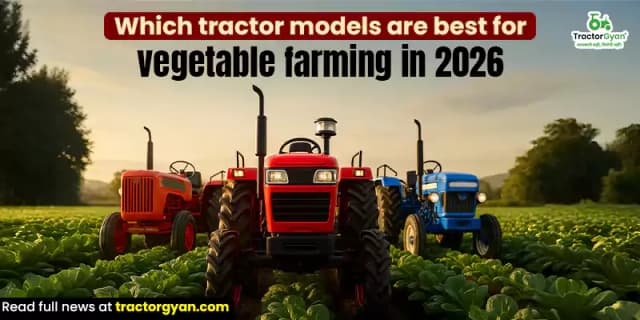

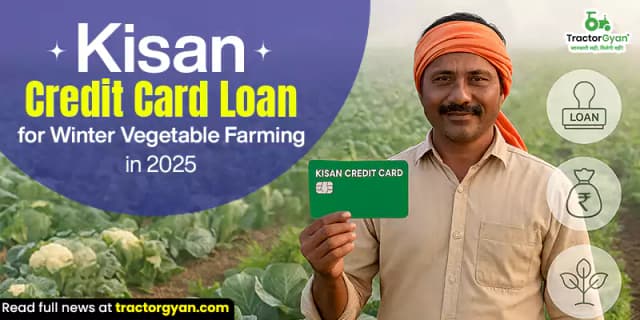
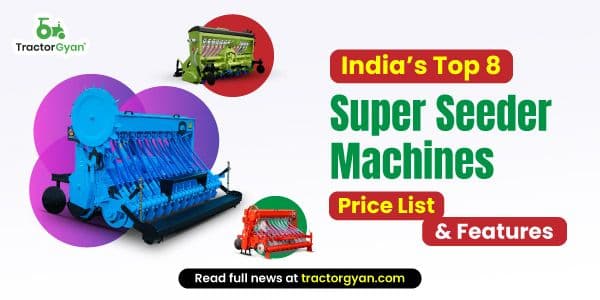
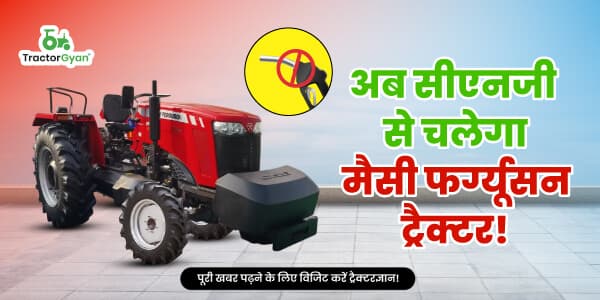
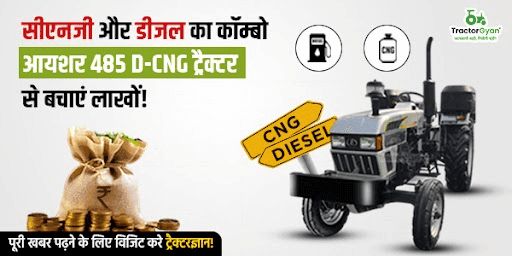
.webp&w=2048&q=75)
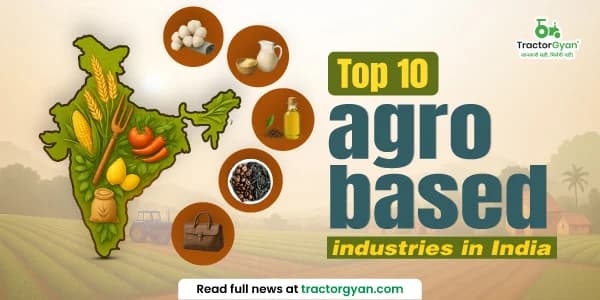
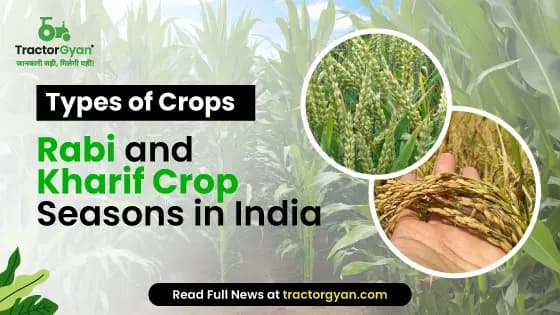
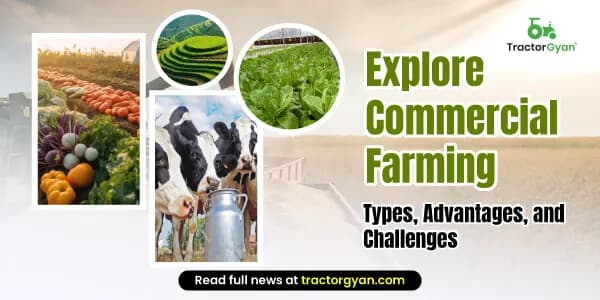
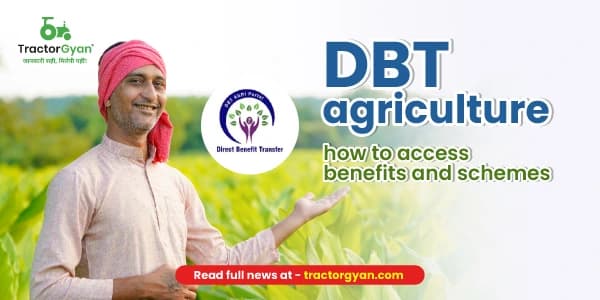
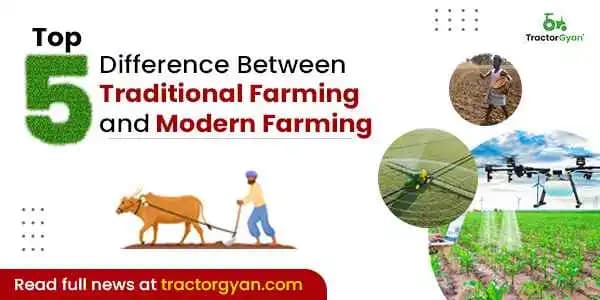
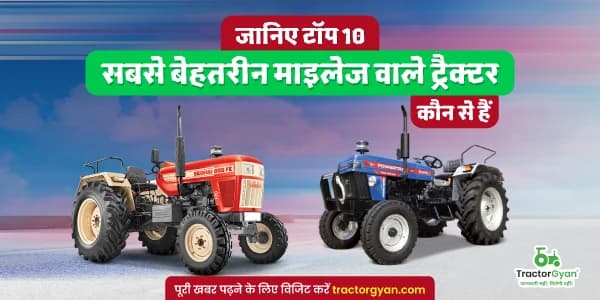
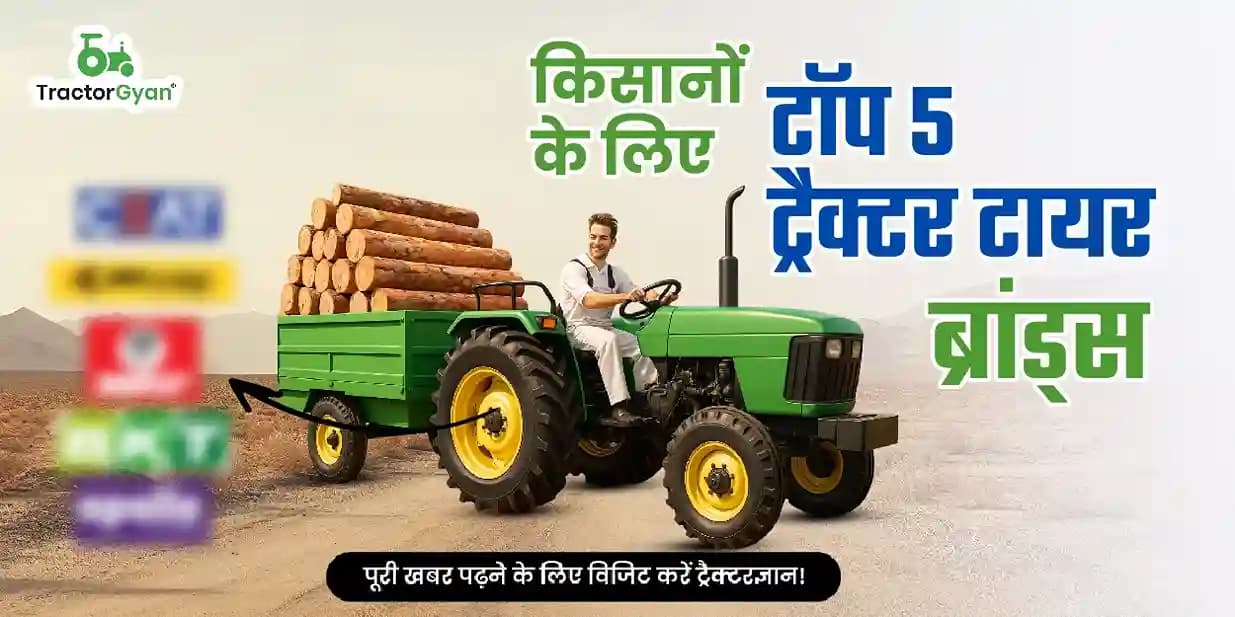

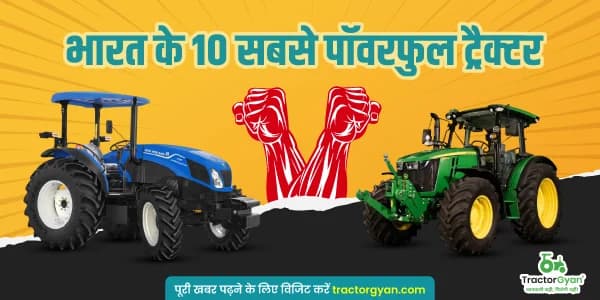
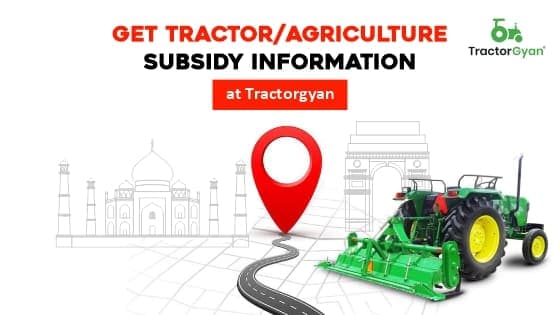
.webp&w=2048&q=75)
.webp&w=2048&q=75)
